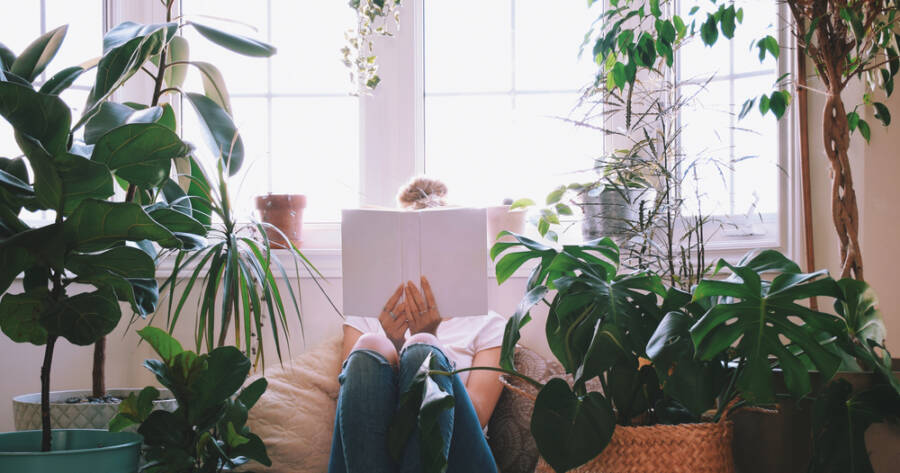Indoor plants can transform any space, adding vibrancy and a touch of nature to your home or office. Caring for them can be a rewarding experience, enhancing your living environment while promoting relaxation and well-being. For those seeking to cultivate a thriving indoor garden, understanding the specific needs of each plant species is vital. Get to know the essentials of indoor plant care, helping you create a lush oasis in your indoor spaces.
Understanding Indoor Plant Needs
Each indoor plant has its unique set of needs, including light, water, and temperature preferences. Observing your plants and adjusting their environment accordingly can make a significant difference in their health and appearance.
Light Requirements
Most indoor plants require varying degrees of light. While some plants, like succulents, thrive in bright sunlight, others may prefer indirect or low light. If natural light is limited, consider using grow lights as a supplement. Monitoring the position of your plants and adjusting their placement can ensure they receive the optimal amount of light they need.
Watering Guidelines
Watering is a critical aspect of plant care, but overwatering is a common mistake. Check the soil moisture before watering; many plants prefer the soil to dry out slightly between waterings. Certain species may thrive by having their leaves misted, particularly in dry indoor climates. Understanding the specific water requirements of each plant can prevent root rot and other issues.
Temperature and Humidity
Plants typically prefer stable temperature and humidity levels. While sudden changes might affect your plants’ health, maintaining a consistent environment can support their growth. Research the optimal conditions for your plant species since some may require higher humidity, which can be maximized by grouping plants together or using a humidifier.
Soil and Pot Selection
Choosing the right soil and pot for your plant is essential to promote healthy root development and growth, fostering a supportive environment for thriving indoor greenery.
Selecting Appropriate Soil
Plants need different soil types based on their natural habitat. Cacti and succulents, for instance, require well-draining sandy soil, whereas tropical plants may thrive in richer potting mixes. Utilize commercial potting soil or create custom mixes tailored to specific plant types to ensure adequate nutrition and drainage.
Choosing the Right Pot
Pot selection is crucial not just for aesthetics but also for plant health. Ensure pots have drainage holes to prevent waterlogging. The material of the pot can also affect your plant’s environment; for instance, terracotta pots can help with drying out the soil, useful for plants that prefer drier conditions.
Pruning and Repotting
Routine maintenance through pruning and repotting keeps indoor plants healthy and invigorated, promoting growth and vitality.
Pruning Techniques
Pruning helps manage plant size and shape, ensuring they don’t outgrow their space. Remove dead or yellowing leaves to encourage newer growth. For flowering plants, pinching off spent blooms can extend the flowering season. Use clean and sharp tools to avoid plant damage or disease transmission.
Repotting Essentials
Over time, a plant may outgrow its pot, requiring repotting to allow for continued growth. Signs that a plant needs repotting include roots growing out of the drainage holes or appearing crowded on the soil surface. Select a pot one size larger and refresh the soil, gently transferring the plant to accommodate its expanding root system.
Pest Control and Disease Management
Attentive care and preventative strategies are critical to managing pests and diseases, ensuring your indoor plants remain in peak condition.
Identifying Common Pests
Indoor plants can be susceptible to pests such as spider mites, aphids, and mealybugs. Regularly inspect plants for signs of infestations like discolored leaves or sticky residue. Managing pests early through isolation or natural remedies could help prevent widespread issues.
Managing Diseases
Diseases often arise from fungal or bacterial infections, characterized by wilting or spotting on leaves. Maintaining clean plant tools and removing affected areas can help control these issues. Proper watering and air circulation can also prevent the moisture buildup that often fosters disease.
Creating a Healthy Indoor Environment
Beyond direct plant maintenance, the surrounding environment plays a significant role in plant health, supporting robust growth and lush foliage.
Optimizing Air Quality
Indoor plants might benefit from good air circulation, preventing issues such as mold. Additionally, certain plant species might contribute to improved air quality, although results can vary. Ensure that your plants are located away from drafty windows or air vents.
Providing Consistent Care
Establishing a regular care routine can keep your plants healthy. Consistency in watering, feeding, and checking for pests ensures your plants receive ongoing attention and care, likely enhancing their chances of flourishing.
Learn More Today!
Nurturing indoor plants can be a fulfilling venture, enhancing both your living space and well-being. While each plant may have unique requirements, understanding these fundamental principles can help in cultivating a thriving indoor garden.
Embracing the learning process with patience and observation supports the growth of not just your plants but also your gardening skills, fostering a rewarding relationship with nature right in your home.

